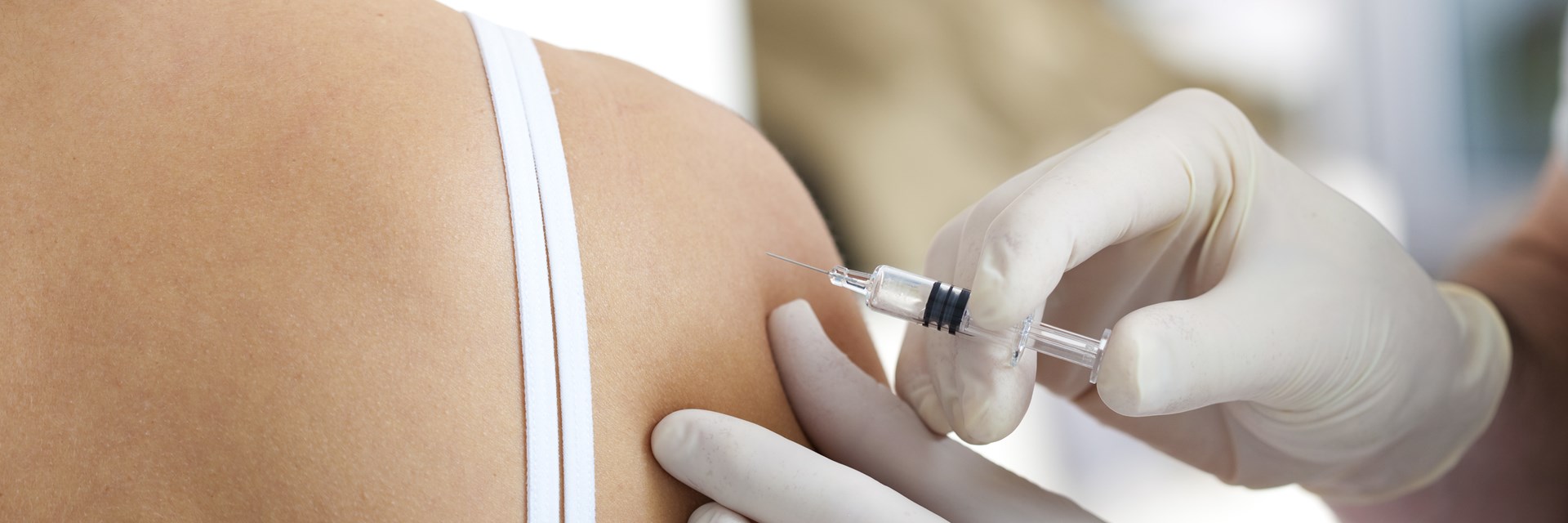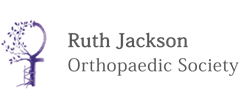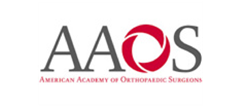What Types of Shoulder Injections Are There?
The most common type of injection used for shoulder pain is a corticosteroid ("cortisone") anti-inflammatory injection. This can be used for pain relief in many shoulder conditions. Contrary to popular belief, these injections are not simply to "mask" symptoms, rather they actually treat underlying inflammation that is causing pain and in some cases they can result in complete resolution of symptoms. In other cases, they may give temporary relief of a chronic condition.
Other types of injection that can be used in the shoulder are viscosupplementation injections which contain hyaluronic acid, a naturally occurring molecule that provides the lubrication and cushioning in a normal joint. This is typically used for shoulder arthritis.
Where Will My Injection Be Done?
At Dublin Shoulder Institute, we have the facility to offer you injection therapy on the same day as your initial consultation. This can be done in the consulting rooms. The injections are performed under local anaesthesia, and many patients are pleasantly surprised at how easily tolerated these injections are.
There are a small number of areas around the shoulder such as the acromioclavicular (AC) joint or the biceps tendon sheath that may benefit from image-guidance in order to be accurately injected. This can be done with ultrasound. We sometimes use the radiology department to facilitate this, especially if X-ray or CT is needed.
What Else Do I Need to Know About My Shoulder Injection?
You will be given a consent form to read through and sign before you have your injection. After your injection, we will scan that form into your electronic medical record and then you will take the form with you for your own records. Here is the information on that form:
Some inflammatory conditions of the shoulder, including tendinitis, bursitis and frozen shoulder, are suitable for treatment with injection of a corticosteroid (“cortisone”) to decrease inflammation. In certain cases, rotator cuff tears and shoulder arthritis may also be suitable for treatment with injection.
The injection will be given as a mixture of local anaesthetic and corticosteroid together. In some cases, it may be necessary to inject both the main shoulder joint (the glenohumeral space) and the space above the tendons (the subacromial space) separately.
The response to injection is variable from patient to patient, in terms of speed of onset, duration of effect, and overall pain relief. The injection may take up to two weeks to have any effect. In some patients, it might not be until after a second injection that any significant relief is felt.
If you are advised to start or continue physiotherapy after your injection, do so regardless of how your shoulder feels. The combined benefit of physiotherapy and injection will usually be far greater than either alone. Wait three to four days after the injection before starting or resuming physio.
For the rest of the day of your injection, do not perform any heavy activities with the shoulder, such as heavy lifting or repetitive overhead work. You may drive and go about your usual activities of daily living as normal.
Ring Ms. Delaney’s office at 01-5262335 if you experience symptoms of infection such as fever, chills, generally feeling unwell, swelling or redness of the shoulder.
The potential risks associated with the injection include:
Infection – very rare. The skin will be prepared with antiseptic and alcohol prior to injection, in order to minimise this risk.
Steroid flare or increase in pain - rare
Tendon rupture – with repeated injections. This is why typically no more than three injections are offered, and injections into the same location are spaced at least four weeks apart.
-----------------------------------------------------------------------------------------------------------------------
Biologic Therapies
Biologic therapies such as platelet-rich plasma (PRP) injections can sometimes be indicated in certain shoulder conditions. There are a wide variety of PRP preparations available and caution is therefore required when interpreting reported results in the literature. We favour an individualised approach to biologic therapies, often involving a customised cellular concentration of PRP using the Arthrex Angel system.
This will sometimes be performed in the operating theatre rather than in the consulting rooms. We work closely with our pain management and sports medicine colleagues for these therapies and will sometimes refer to one of them for this treatment.













